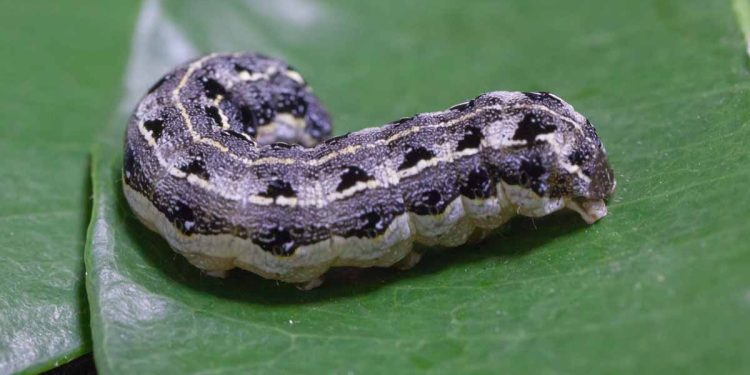#GardenPestControl #Prodeniaspp #Cutworms #NaturalPredators #Insecticides #OrganicSprays #Prevention #GardenHygiene #PhysicalBarriers
Gardening is a rewarding hobby that can bring you closer to nature and provide you with fresh produce to enjoy. However, it’s not without its challenges. One of the most common problems faced by gardeners is the presence of pests that can wreak havoc on their plants. One such pest is Prodenia spp., commonly known as cutworms.
Prodenia spp. (cutworms) are a type of caterpillar that feed on the stems and leaves of plants, often causing significant damage. They are particularly problematic in the early stages of plant growth, as they can quickly destroy seedlings. If left unchecked, cutworms can devastate entire crops.
Fortunately, there are several effective ways to control cutworms in your garden. The first step is to identify the problem early on. Look for signs of cutworms, such as missing or damaged plants, and inspect the soil around the base of affected plants for the presence of cutworms.
Once you have identified the problem, there are several strategies you can use to combat cutworms. One effective method is to use natural predators, such as birds, to control the population of cutworms. You can also use insecticides or organic sprays to kill the cutworms directly.
Prevention is also key when it comes to cutworms. You can reduce the likelihood of a cutworm infestation by practicing good garden hygiene, such as removing plant debris and weeds that can harbor cutworms. You can also use physical barriers, such as collars made of cardboard or plastic, to prevent cutworms from accessing your plants.
In conclusion, Prodenia spp. (cutworms) can be a serious problem for gardeners, but there are several effective ways to combat them. By identifying the problem early on, using natural predators or insecticides, and practicing good garden hygiene, you can protect your plants from these destructive pests.








